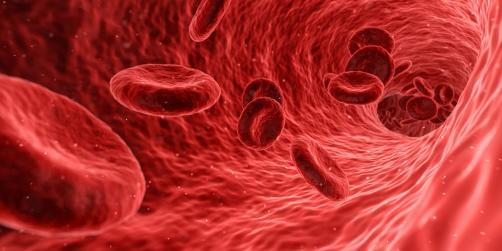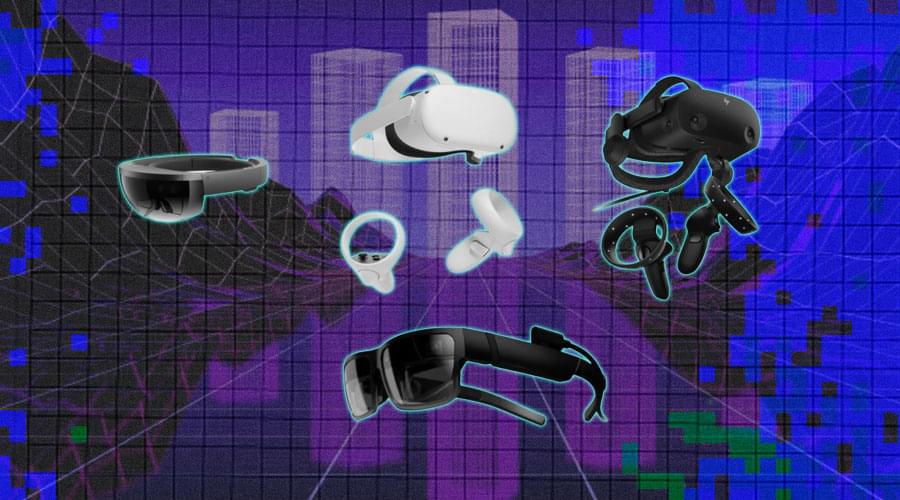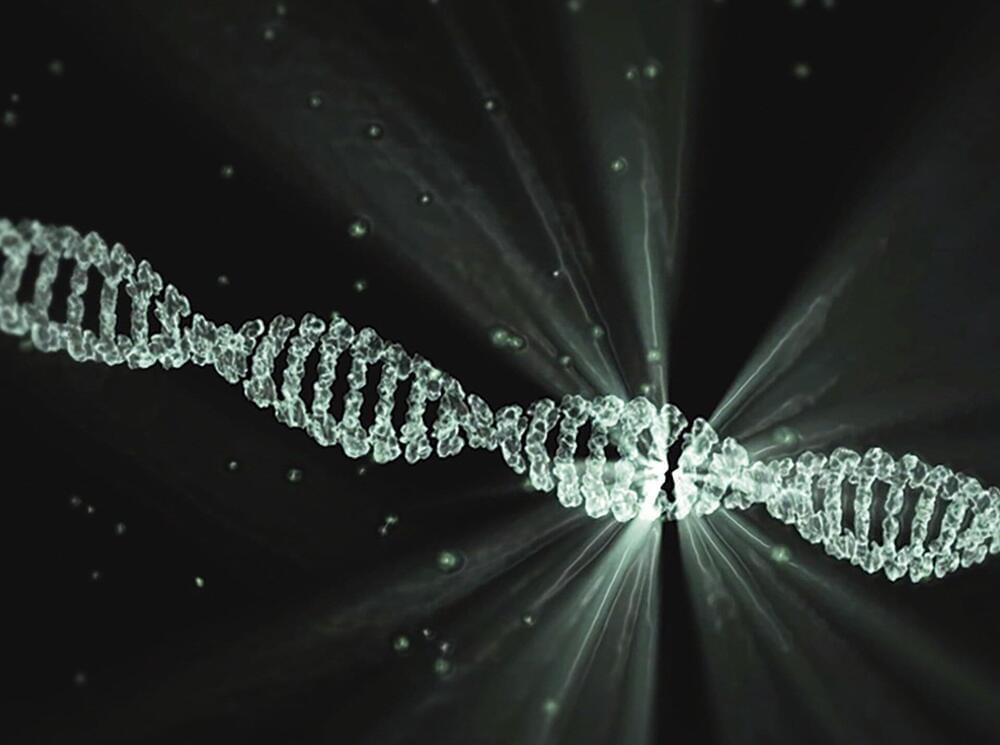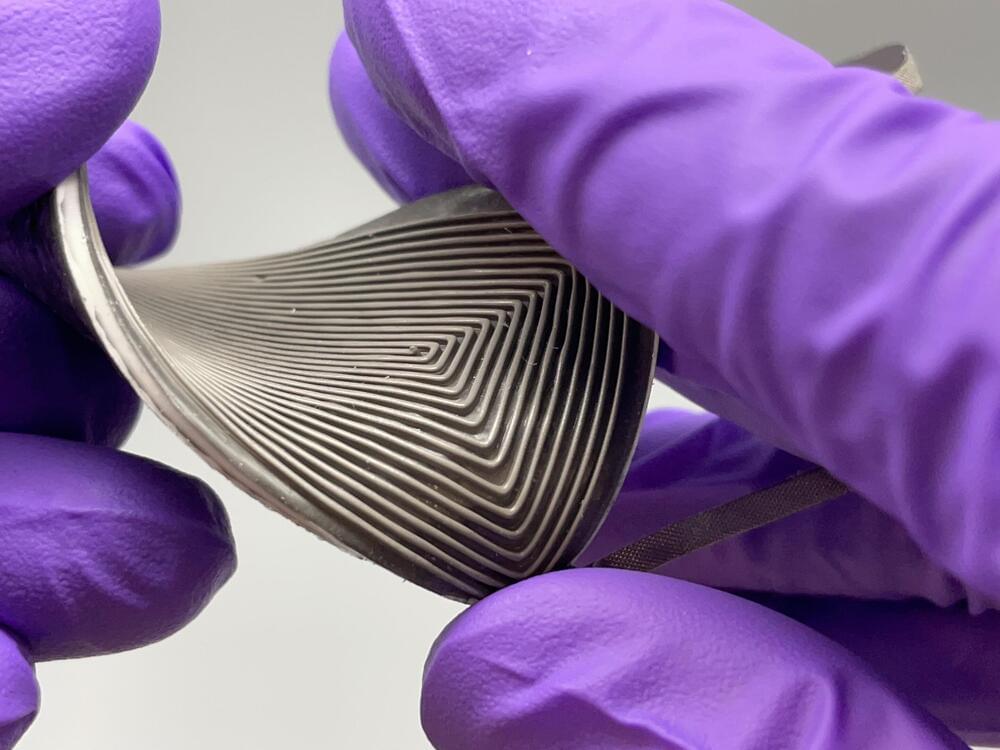New gene therapy could end high cholesterol responsible for strokes and heart attacks.
The therapy is a one-and-done treatment unlike being on statins or taking monoclonal antibodies. It will make a permanent change to liver cells and stop them from producing the PCSK9 protein. The edits will pass on to the next generation of cells when they divide. That means that even if the therapy is initially expensive, the lifetime cost should prove to be comparable if not lower than current alternatives.
The therapy is delivered to the liver cells in lipid nanoparticles, the same technology being used by mRNA Covid-19 vaccines. The pandemic has created manufacturing capacity for this type of therapeutic delivery which is helping to lower costs.
A successful clinical trial doesn’t lead right away to adoption throughout the medical profession. It is likely there will be many more trials, and a number of years before Verve has enough data to convince regulators to approve the treatment for run-of-the-mill high cholesterol. If it turns out to become the new treatment standard, however, it will be one of the most transformational innovations in human healthcare to be seen in decades.








 עברית (Hebrew)
עברית (Hebrew)
